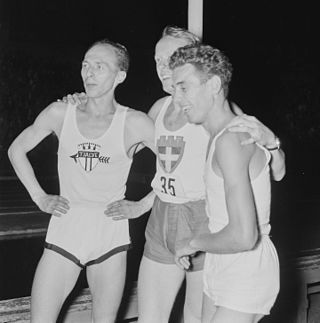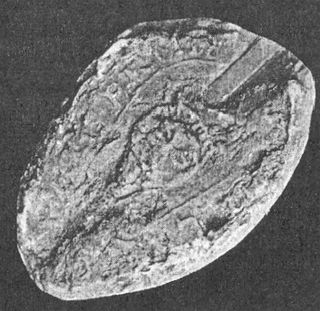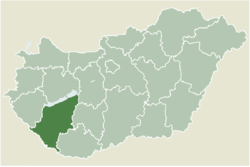
Austria-Hungary, often referred to as the Austro-Hungarian Empire or the Dual Monarchy, was a multi-national constitutional monarchy in Central Europe between 1867 and 1918. A military and diplomatic alliance, it consisted of two sovereign states with a single monarch who was titled both emperor of Austria and King of Hungary. Austria-Hungary constituted the last phase in the constitutional evolution of the Habsburg monarchy: it was formed with the Austro-Hungarian Compromise of 1867 in the aftermath of the Austro-Prussian War and was dissolved shortly after Hungary terminated the union with Austria on 31 October 1918.

Hungary is a landlocked country in Central Europe. Spanning 93,030 square kilometres (35,920 sq mi) of the Carpathian Basin, it is bordered by Slovakia to the north, Ukraine to the northeast, Romania to the east and southeast, Serbia to the south, Croatia and Slovenia to the southwest, and Austria to the west. Hungary has a population of 9.5 million, mostly ethnic Hungarians and a significant Romani minority. Hungarian, a language belonging to the Ugric branch of the Uralic language family, is the official language, and Budapest is the country's capital and largest city.

The Hungary national football team represents Hungary in men's international football, and is controlled by the Hungarian Football Federation. The team has made nine appearances in the FIFA World Cup, and five in the UEFA European Championship. Hungary plays their home matches at the Puskás Aréna, in Budapest, which opened in November 2019.

Viktor Mihály Orbán is a Hungarian lawyer and politician who has been Prime Minister of Hungary since 2010, previously holding the office from 1998 to 2002. He has led the Fidesz political party since 1993, with a break between 2000 and 2003.
Jerzy Chromik was a foremost long-distance runner from Poland.

István Rózsavölgyi was a Hungarian athlete who competed mainly in the 1500 metres.
Sándor Iharos was a Hungarian long-distance runner. Though unsuccessful in major competitions, Iharos ran world records over multiple distances and is one of only two athletes to have held outdoor world records over 1500 metres, 5000 metres and 10,000 metres. Iharos was one of the star pupils of the famous coach Mihály Iglói.
Mihály Iglói was a Hungarian distance running coach. Iglói coached runners such as Sándor Iharos, István Rózsavölgyi, László Tábori, Bob Schul and Jim Beatty. Counting both outdoors and indoors, and distances no longer officially recognized, Iglói's students achieved 49 world records.

László Tábori was a Hungarian middle- and long-distance runner, best known for equalling the 1500 metres world record and placing 4th in that event at the 1956 Summer Olympics.

Echiniscus testudo is a cosmopolitan species of tardigrade.
Diphascon is a genus of water bear or moss piglet, a tardigrade in the class Eutardigrada.
Pseudobiotus is a genus of water bear or moss piglet, a tardigrade in the class Eutardigrada.

Eohypsibiidae is a family of water bear or moss piglet, tardigrades in the class Eutardigrada. It contains the following species in three genera:

Panyit from the kindred Hahót was a Hungarian robber baron, who became infamous for his violent actions and plunderings against neighboring estates in the 1250s and 60s.

Echiniscus is a genus of tardigrades in the family Echiniscidae. The genus was named and described by Karl August Sigismund Schultze in 1840.
Pseudechiniscus is a genus of tardigrades in the family Echiniscidae. The genus was named and described by Gustav Thulin in 1911.

Csurgó is a district in south-western part of Somogy County, Hungary. Csurgó is also the name of the town where the district seat is located. The district is in the Southern Transdanubia Statistical Region.

The 2nd constituency of Somogy County is one of the single member constituencies of the National Assembly, the national legislature of Hungary. The constituency standard abbreviation: Somogy 02. OEVK.
The 2024 Hungarian Athletics Championships will the 129th edition of the national championship in outdoor track and field for athletes in Hungary. It will hold between 29 and 30 June at the Lantos Mihály Sportközpont in Budapest.
















